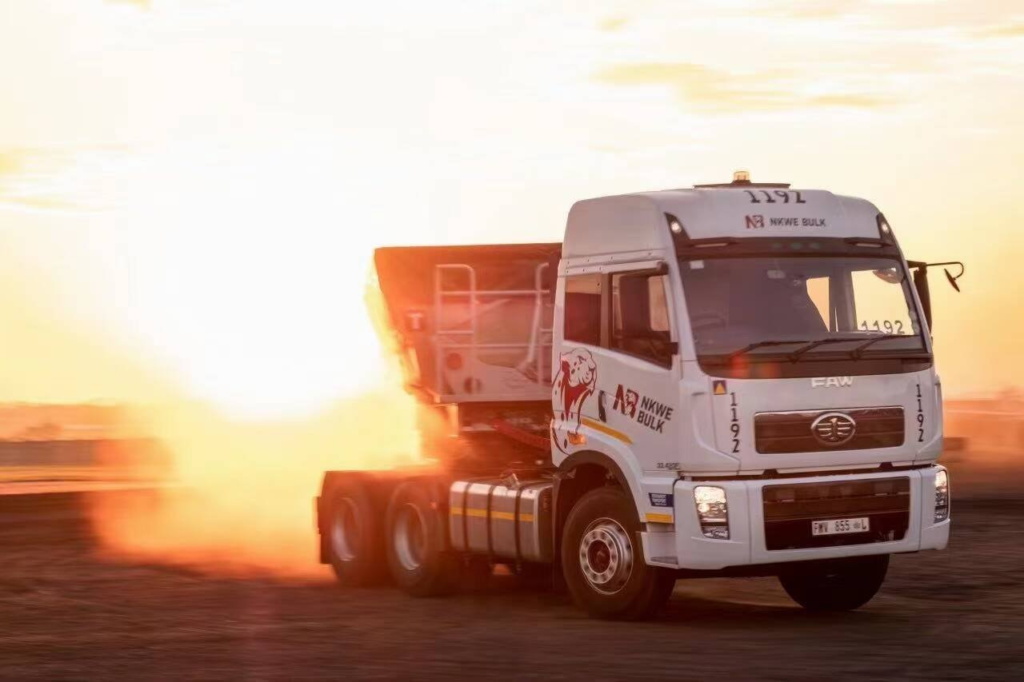Selecting the perfect heavy duty truck for a business involves much more than comparing sticker prices.
The right truck becomes a revenue-generating asset while the wrong choice can drain profits through excessive fuel consumption, maintenance issues, and poor performance.
This decision impacts every aspect of operations from driver satisfaction to customer delivery schedules.
Taking time to evaluate business requirements thoroughly pays dividends throughout the vehicle’s service life.
A systematic approach helps narrow options and identify the ideal truck for specific operational demands.
Figure Out What You’re Actually Hauling
Different freight types demand specific vehicle configurations.
Key considerations include:
- Average and maximum load weights
- Physical dimensions of typical cargo
- Special handling requirements (refrigeration, hazardous materials, etc.)
- Loading/unloading method needs
- Seasonal variations in freight characteristics
Many businesses make the mistake of purchasing based on maximum potential needs rather than actual daily usage patterns.
This often results in excess capacity that increases operating costs without providing proportional benefits.
Analyzing 6-12 months of shipping records reveals patterns that help determine appropriate specifications.
The most efficient fleets match truck capabilities closely to their typical load requirements rather than occasional extremes.
Match Engine Power to Your Load Requirements
Engine specifications directly impact both performance and operating costs. Excessive power wastes fuel while insufficient power creates safety issues and accelerates wear on drivetrain components.
Important power factors include:
- Horsepower ratings for highway speed maintenance
- Torque figures for startability and hill climbing
- Engine brake capabilities for descent control
- Power-to-weight ratios for loaded operation
Regional operators generally require less horsepower than long-haul operations. Mountain routes demand higher torque ratings than flatland applications.
Consider Your Routes and Distance Needs
Route characteristics significantly influence truck selection. Long highway routes favor aerodynamic designs and fuel efficiency, while urban operations prioritize maneuverability and visibility.
Route analysis should examine:
- Average trip distances
- Typical terrain (mountains, plains, urban)
- Weather conditions encountered
- Road quality variations
- Access limitations at delivery points
Trucks designed for specific operating environments perform better and last longer.
Day cabs make sense for local operations, while sleepers become necessary when routes extend beyond single-day completion times.
Compare Fuel Economy vs. Performance Trade-offs
Fuel represents one of the largest ongoing expenses in trucking operations. Small efficiency improvements generate substantial savings over equipment lifetime.
Modern trucks offer various fuel-saving technologies:
- Aerodynamic fairings and side skirts
- Automated manual transmissions
- Engine idle management systems
- Low rolling resistance tires
- Advanced cruise control systems
These features often increase initial purchase prices but deliver significant operational savings. Calculating the break-even point requires estimating annual mileage and projected fuel costs.
Remember that when heavy duty truck parts need replacement, fuel efficiency often depends on using quality components from reliable suppliers.
Maintaining efficiency requires ongoing attention to component quality throughout the vehicle’s service life.
Pick Features That Your Drivers Will Use
Driver satisfaction directly impacts retention, safety, and productivity. Features that enhance driver comfort and convenience pay dividends through reduced turnover and improved performance.
Valuable driver-focused features include:
- Ergonomic seating with proper adjustment ranges
- Effective climate control systems
- Reduced interior noise levels
- Intuitive dashboard layouts
- Adequate storage space
- Quality sleeper accommodations (for long-haul operations)
The most successful fleets often involve experienced drivers in truck specification development. Their practical insights help identify features that deliver genuine operational benefits rather than marketing gimmicks.
Factor in Maintenance Costs Over Time
Purchase price represents only a fraction of lifetime truck ownership costs. Maintenance expenses often exceed initial acquisition costs over the typical service life.
Maintenance considerations include:
- Service interval requirements
- Component accessibility for repairs
- Dealer network availability
- Parts commonality within fleet
- Diagnostic system capabilities
- Warranty coverage terms
Some manufacturers design for easier maintenance while others prioritize other factors.
Consulting with maintenance personnel provides valuable perspectives on real-world serviceability differences between competing models.
New vs. Used: What Makes Sense for Your Budget
Budget constraints often necessitate evaluating both new and used trucks. Each option presents distinct advantages and challenges for business operations.
New truck advantages:
- Latest technology and efficiency features
- Full warranty protection
- Known maintenance history
- Customized specifications
- Maximum service life potential
Used truck benefits:
- Lower initial investment
- Reduced depreciation exposure
- Proven reliability record (for specific models)
- Immediate availability
- Lower insurance costs
The optimal choice depends on financial position, operational needs, and risk tolerance.
Many successful operations maintain mixed fleets with new trucks on demanding routes and quality used vehicles in less critical applications.
Choose a Brand That Supports Your Area
Local support infrastructure critically impacts operational efficiency. Even excellent trucks become liabilities when service and parts availability proves inadequate.
Support evaluation should include:
- Dealer location relative to operational territory
- Parts inventory levels maintained
- Technician training and certification
- Emergency service availability
- Loaner/rental options during repairs
- Communication systems and responsiveness
Visiting local dealers provides insights beyond marketing materials. Observing their parts department, service bays, and customer interaction offers valuable perspective on real-world support quality.

